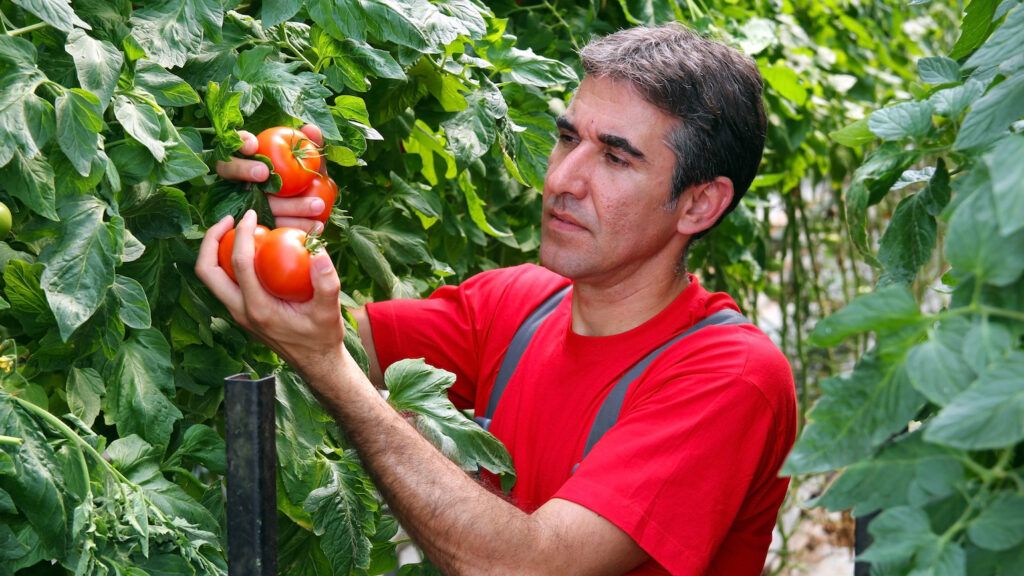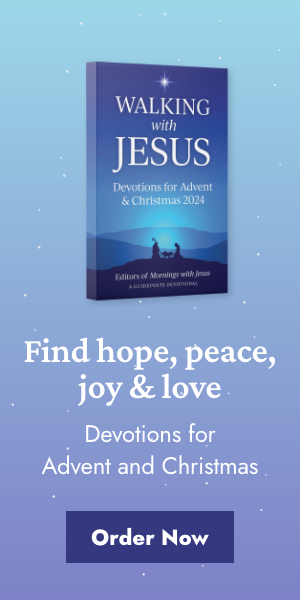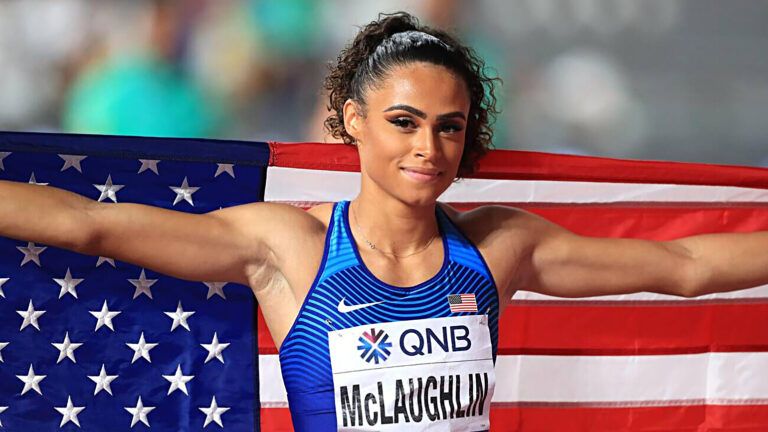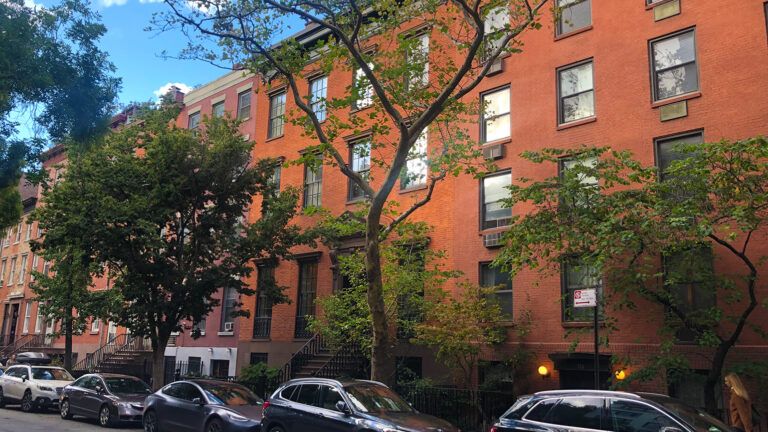For nearly three decades, photographer Joel Sartore has traveled the globe for National Geographic magazine. His toughest assignment, however, wasn’t in the wild. In 2005, Joel’s wife, Kathy, was diagnosed with breast cancer. He stopped working for a year to take care of her and their three kids. Once Kathy recovered, Joel embarked on a new project: The National Geographic Photo Ark, a photographic archive of 12,000-plus animal species currently in human care. So far, he has captured images of 9,000 species, mostly in zoos and wildlife sanctuaries. The purpose, Joel says, is to raise awareness of the beauty, diversity and value of animal life, especially the lives of endangered species.
The Photo Ark began after your wife Kathy’s experience with cancer. How are the two related?
My wife’s experience led me to really stop and think about the fragility of life. It made me realize that none of us has much time on Earth and we should try to leave the world better than we found it.
I was inspired to start photographing animals because so many truly had no voice of their own in terms of conservation. For a lot of species, this is the one and only time they’ll be documented well and have their stories told to an international audience. This is their chance to be seen and heard while there’s time to save them and their habitats.
We each have so little time, but we can make a difference. I started the project in my early forties, and I knew it would take me at least until I was 70 to complete it. That amount of time, less than 30 years, is about all I’ll have in terms of physically being able to do the work—if I last that long. If not, my son, Cole, will probably finish the Ark since he’s been with me on many of the shoots. I take great comfort in knowing that.
How did you determine the scope of the project?
I’ve been a National Geographic photographer for about 30 years, and for the first 17 years or so I worked in the wild on different conservation stories, photographing wolves, grizzly bears and koalas. Did all that work move the needle enough to stop the extinction crisis? No, it did not. So, I figured that maybe very simple portraits of the animals, lit well so you can see their beauty and color, looking them directly in the eye with no distractions, would be the way to do it. That’s how the National Geographic Photo Ark began.
Most animals living in zoos and wildlife sanctuaries have been around people their whole lives and are often familiar with being photographed. Also, in the field I probably would never have the opportunity to photograph some of the endangered and threatened species featured in the Photo Ark because certain animals are no longer present in the wild and exist only under human care.
Why did you decide to shoot all the animals with a plain black or white background?
I use studio lighting and black or white backgrounds to level the playing field for all species. A mouse is every bit as large and important as an elephant. The solid backgrounds also eliminate distractions, allowing viewers to look deeply into the eyes of these animals and see their true beauty, intelligence and worthiness.
How do you work with Photo Ark subjects? Do you form a relationship with the animals the way a portraitist of human subjects does?
First, we work for weeks or months in advance with zoos we hope to visit, learning which of their endangered species could participate in a photo shoot. We use two basic setups. For smaller animals, such as frogs, birds and rodents, we have a tabletop-size cloth shooting tent. For larger animals, we set up in a space separate from the animal’s exhibit area, with a black or white background, and have zoo staff shift the animal there, sometimes using food as a motivator.
Eye contact is absolutely key as I try to capture each animal’s personality so that people can connect with them. I hope viewers are surprised, captivated and then inspired to learn all they can about the animals. Only then will they be moved to save species and their habitats.
What do you hope people will feel when they look at these photos?
I hope viewers will look deeply into the eyes of these animals and see they are important and worthy of preserving. By enabling people to connect directly with each and every animal, I hope we’ll inspire viewers to take action and protect the animals before it’s too late.
Tell us about some animals that have particularly moved you and why they have.
Most animals I photograph have a real impact on me. They’re all like my children because I’m the only voice most will ever have. If I had to choose one animal right now, though, I suppose it would be Nabire, one of the last northern white rhinos left on the planet. I met her at the Dvůr Králové Zoo in the Czech Republic. She was the sweetest and most gentle large animal I’d ever photographed. She passed away less than two weeks after our visit, from complications brought on by old age. Now the world has just two white rhinos left, a mother and daughter in a single pen in Kenya.
What have these interactions with so many species of animals taught you about being human?
I believe that people want to help endangered species. But I also believe people have to meet these animals first and learn what challenges they face. I meet wildlife heroes all the time, individuals who work hard to save species right in their own backyards. For each and every one of them, it started with education, pure and simple.
You’ve said, “When we save species, we’re actually saving ourselves.” What do you mean by that?
As these species go away, so could we. We must save pollinating insects in order to have fruits and vegetables, for example. And rain forests not only provide us with the air we breathe; they also stabilize rainfall patterns around the world, which is vital to our ability to grow crops to feed ourselves. To say extinction is a big deal to our own survival is a massive understatement.
Did you enjoy this story? Subscribe to All Creatures magazine.
6 Animals from The Photo Ark |





